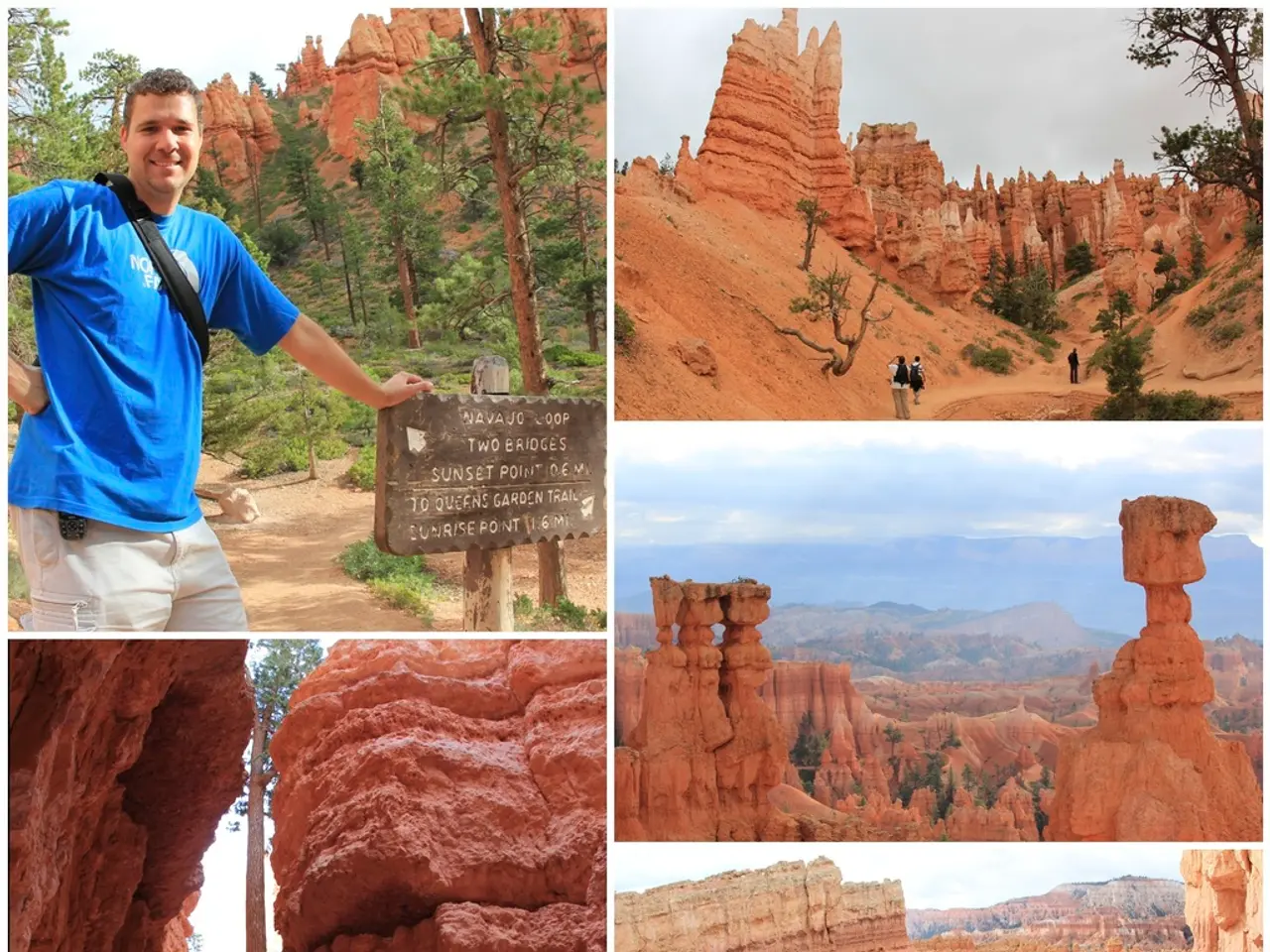Chaco Canyon's Edge Revealing Pueblo Bonito Within Chaco Culture National Historical Park, New Mexico
Extraordinary Findings Shed Light on Ancient Chaco Culture
A groundbreaking study led by anthropologist Patricia Crown of the University of New Mexico has uncovered intriguing insights about a unique prehistoric Pueblo culture that thrived in Chaco Canyon, New Mexico, around a thousand years ago.
The study, published in American Antiquity, focused on the prevalence of polydactyly (extra toes) among the Chaco people. Analysis of 96 skeletons excavated from Pueblo Bonito revealed three individuals with polydactyly, all possessing a sixth toe on the little toe-side of the right foot.
This finding suggests that polydactyly was a respected and familiar physical trait within the Chaco society, not merely an artistic or mythical representation. Intriguingly, one of the skeletons had an ornate anklet around its six-toed foot but no such offering on its five-toed foot, indicating a possible cultural significance attached to this anomaly.
According to Crown, people with extra digits were treated as special and with a lot of respect in the past. If a trait is valued in a community, as it seems was the case for polydactyly among the Chaco people, it is more likely to increase in frequency through the years.
Marden, another researcher involved in the study, speculates that the frequency of extra digits in the population may indicate there was an environmental trigger in Chaco Canyon, such as exposure to hazardous substances during pregnancy or specific components of a mother's diet while pregnant.
The authors of the study hypothesize that the well-regarded presence of polydactyly could have made it more common among the Chaco population. The findings reveal an abundance of sandals, sandal-shaped stones, and images of sandals with a jog feature to accommodate an extra toe, further supporting this theory.
Moreover, polydactyl prints were more frequently found at entrances to kivas (ritual rooms) and on walls adjacent to significant ceremonial structures, suggesting that these individuals held a higher status within the Chaco culture society. The individuals who exhibited polydactyly were likely the elite or ruling class members.
Excavations at the site have also revealed several footprints and handprints plastered into the walls and floors, some of which contain extra digits. Dwellings in Chaco Canyon are adorned with relics and imagery of feet, many of which have extra toes, further underscoring the importance of this physical trait in the culture.
It is important to note that Crown cautions that the rate of polydactyly in Pueblo Bonito may not have been fully representative of the living population at the time. However, the rate of polydactyly among the Chaco population was much higher than in modern Native Americans or the general U.S. population.
The study findings offer a fascinating glimpse into the beliefs and values of this ancient culture, providing valuable insights into the intricate web of social, cultural, and religious practices that shaped the lives of the Chaco people.
Read also:
- Peptide YY (PYY): Exploring its Role in Appetite Suppression, Intestinal Health, and Cognitive Links
- Toddler Health: Rotavirus Signs, Origins, and Potential Complications
- Digestive issues and heart discomfort: Root causes and associated health conditions
- House Infernos: Deadly Hazards Surpassing the Flames








